Before screens shrank into pockets, daily life moved to the rhythm of dials, clicks, and humming machines. Retro technology felt like progress, independence, possibility, not nostalgia. Each new device arrived with a quiet promise: dinner faster, calls clearer, memories easier to keep. None felt temporary. They settled into kitchens, desks, and glove compartments, rewriting routines without asking permission. Looking back now reveals how these early tools set the baseline for convenience, connection, and control that later generations simply assume as normal.
The Rotary Telephone
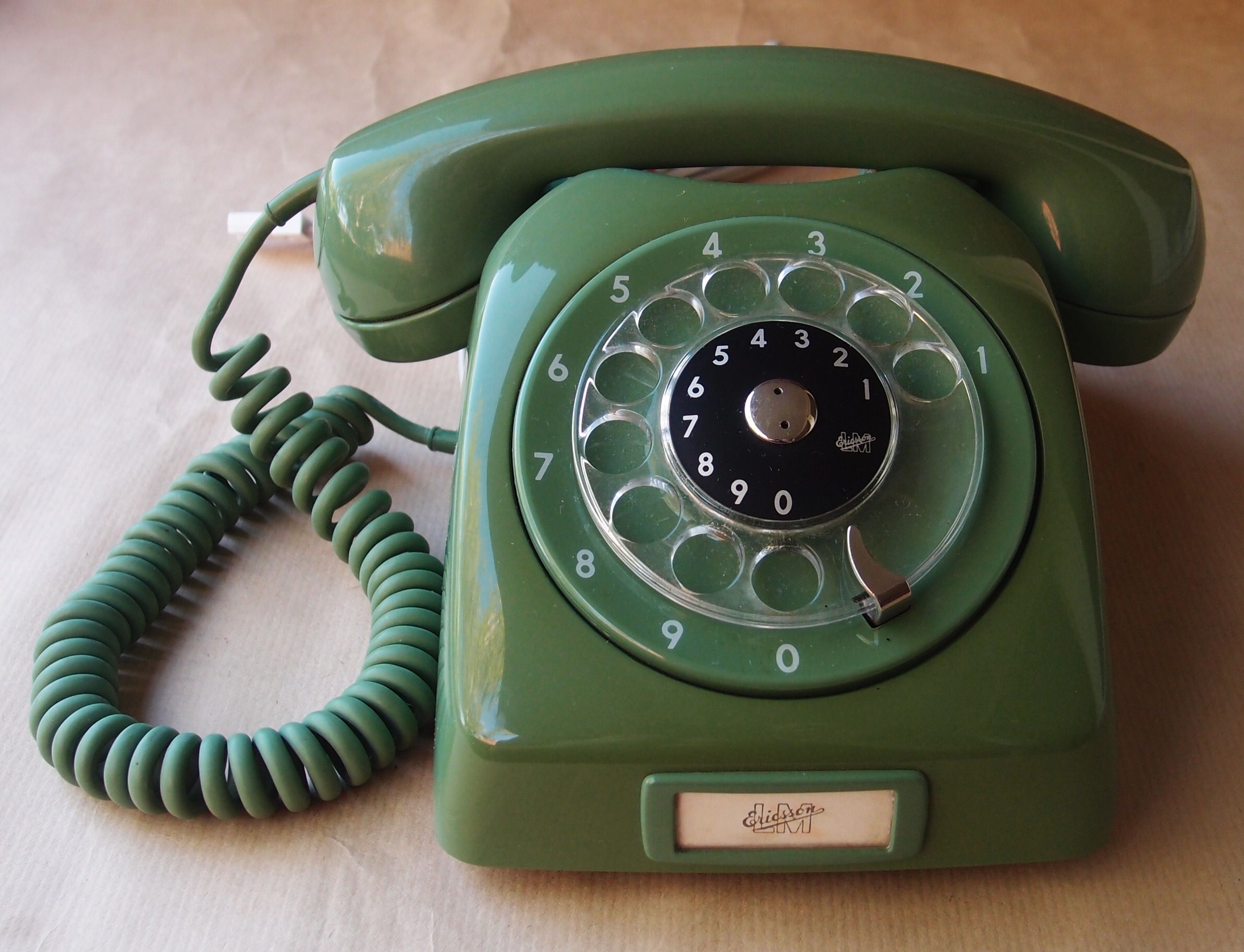
The rotary telephone planted connection in a hallway or kitchen, where calls became family events shaped by shared space and limited time. Waiting through the clicks of the dial, hearing distant voices in real time, people saw distance fall away without anyone moving an inch. It taught households that serious news, small gossip, and everyday care could travel instantly, shaping expectations for responsiveness long before mobile contacts filled pockets.
The Transistor Radio
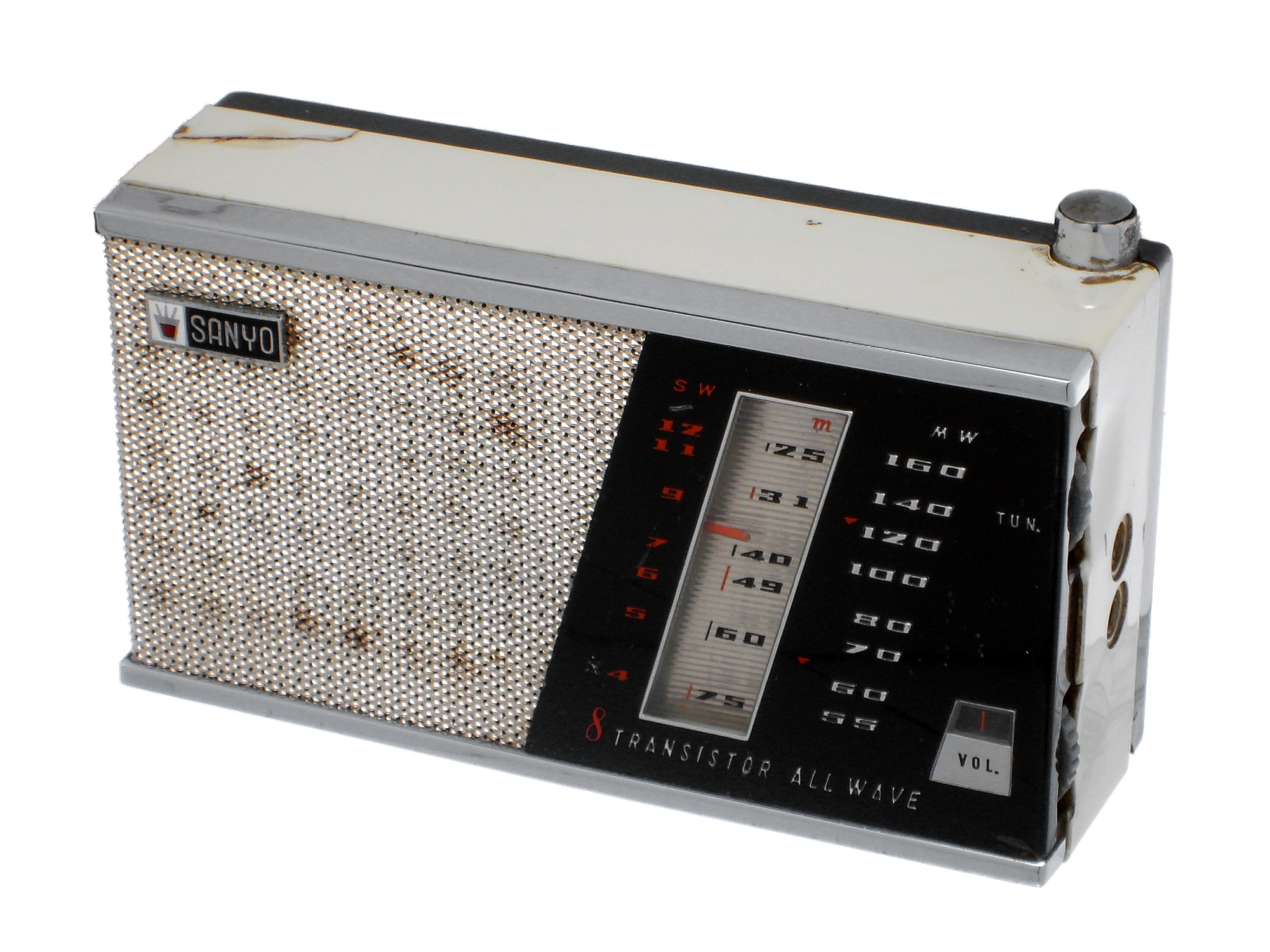
The transistor radio slipped news, sports, and pop anthems into palms, backpacks, and workshop benches. No living room cabinet decided what played or who listened. Teenagers tuned in privately, workers kept games running nearby, and small towns heard global events unfold. That portability turned broadcast media into a constant companion, building the belief that information and entertainment should stay close to hand, ready to follow wherever the day decided to go.
The Microwave Oven
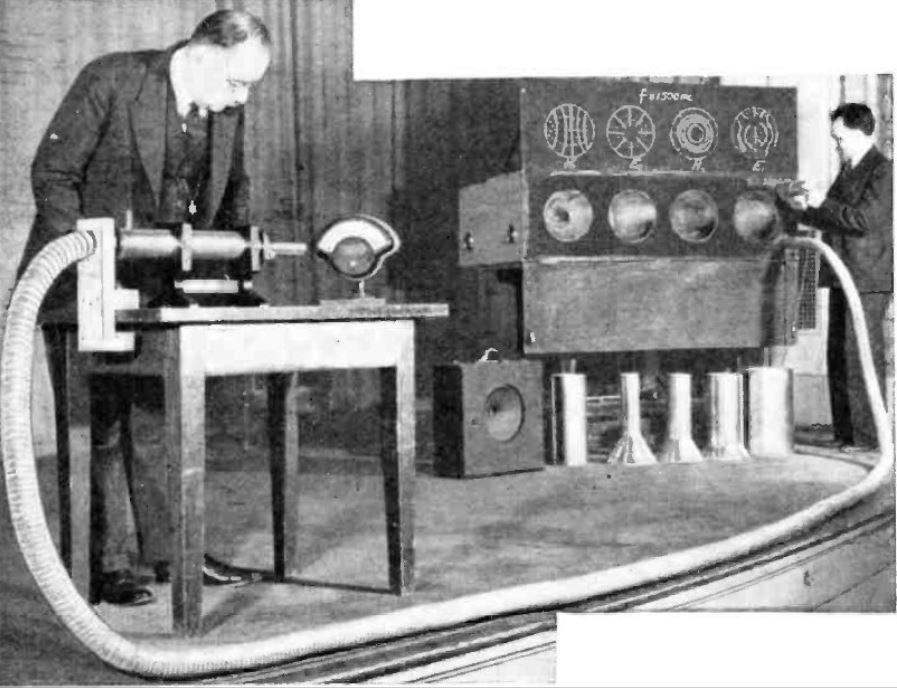
The microwave oven looked experimental at first, yet it quietly rearranged evenings. Leftovers no longer meant slow reheating, frozen dinners became practical, and late shifts ended with a warm plate instead of a skipped meal. It stepped in for parents racing the clock and students living on tight schedules at odd hours. By shrinking cooking time without demanding skill, it reset expectations: daily tools should return minutes to people, not steal them.
The Polaroid Instant Camera
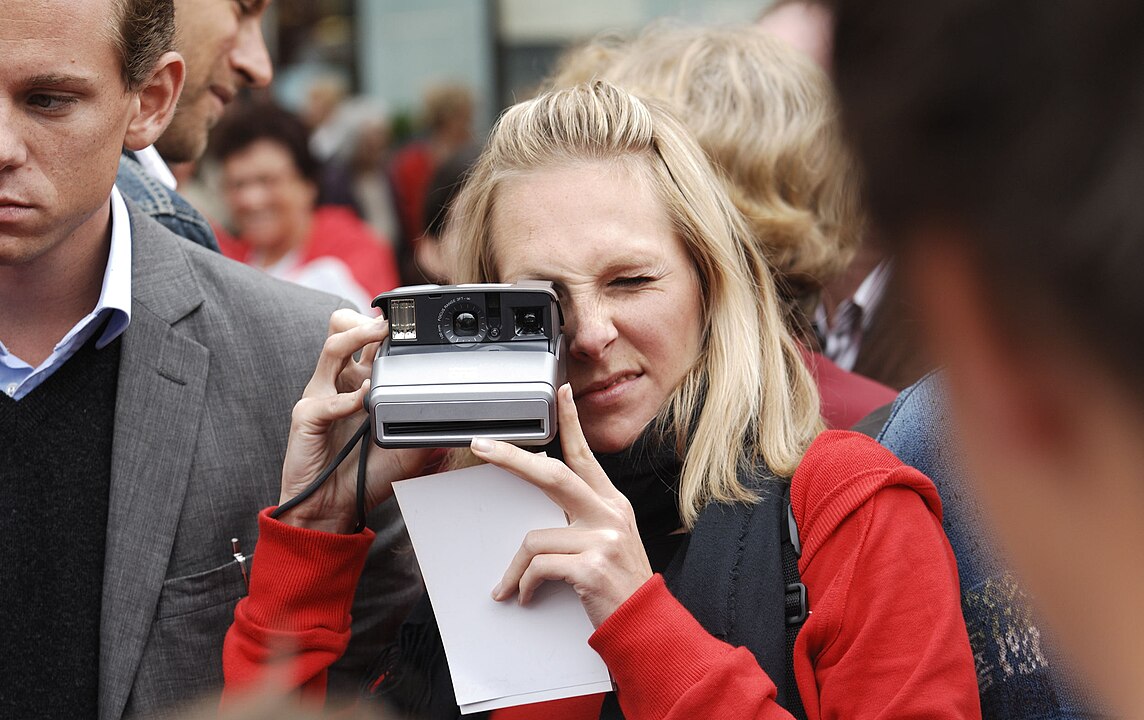
The Polaroid instant camera turned photography into a shared moment instead of a delayed chore. Friends watched images develop in their hands, scribbled notes on borders, and passed prints around tables before they were fully dry. Birthdays, road trips, and regular afternoons gained instant keepsakes. That immediacy taught people to expect quick feedback on captured memories, a quiet step toward the constant visual storytelling that later settled into digital life.
Audio Cassettes And The Walkman
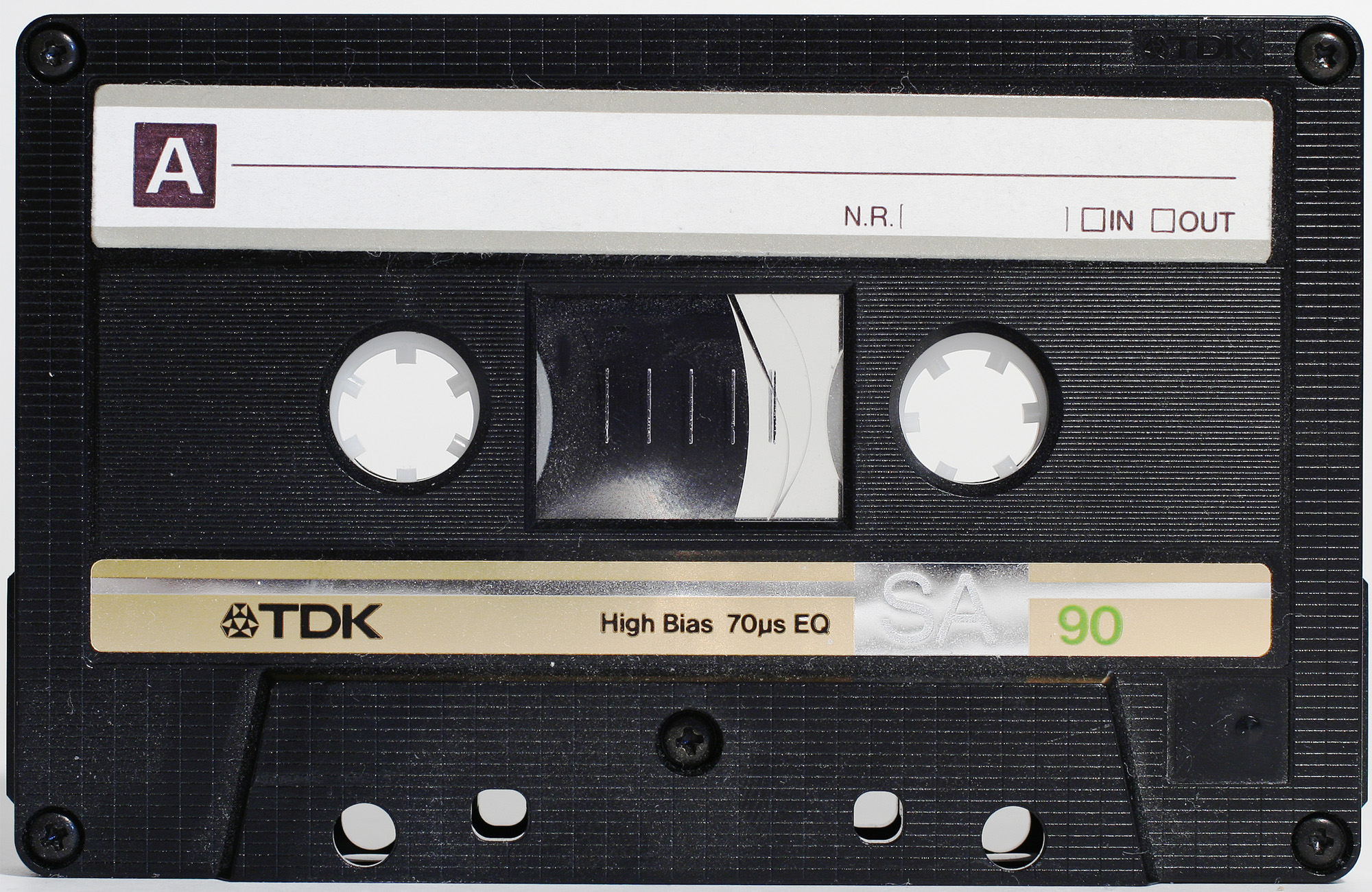
Audio cassettes paired with the Walkman gave listeners control that records never could. Rewinding, recording, and building mixtapes turned music into a personal script for bus rides, late shifts, and long walks. Headphones carved out private space inside crowded rooms and noisy streets. This intimacy with portable sound rewired expectations around choice, mood, and mobility, laying groundwork for on-demand listening long before playlists and streaming claimed the same promise.
The VCR And Home Video
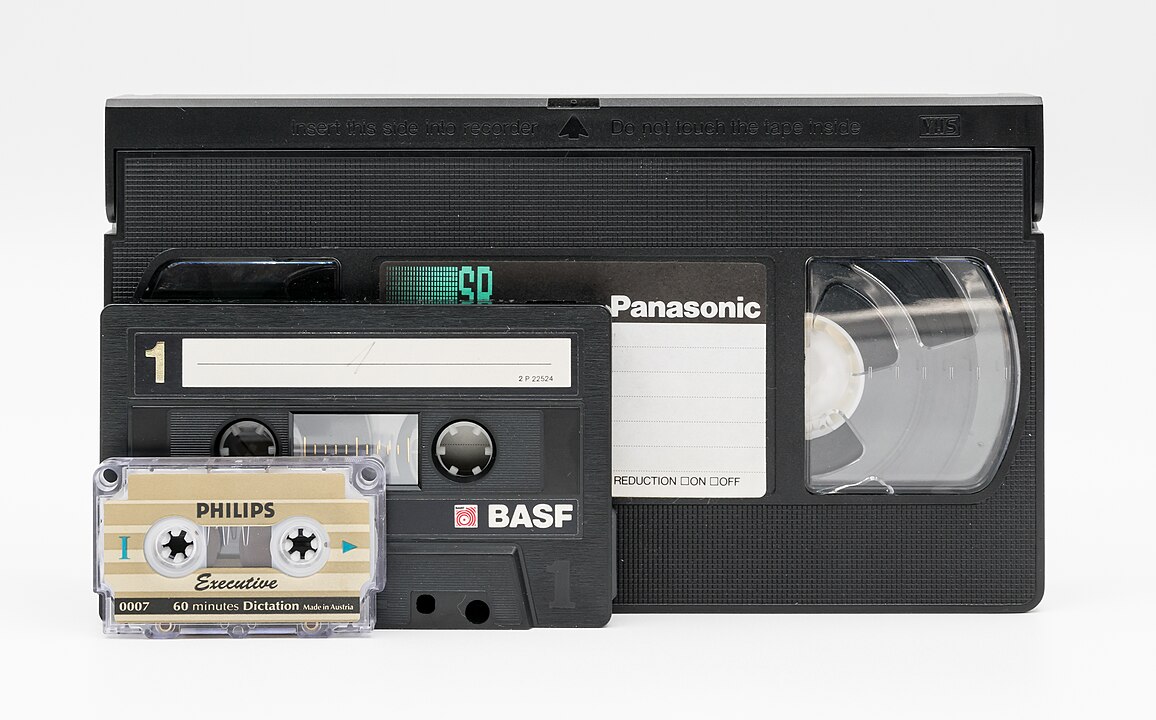
The VCR let movies and shows wait for people, not the other way around. Families recorded finales, paused for interruptions, and rewatched favorites until dialogue lived in memory. Weekends bent around rental shelves and carefully chosen tapes. This new control over schedule and repetition made home viewing feel deliberate and personal, preparing audiences to expect on-demand catalogs, rewinds, and entire seasons available whenever real life finally relaxed.
The Personal Computer
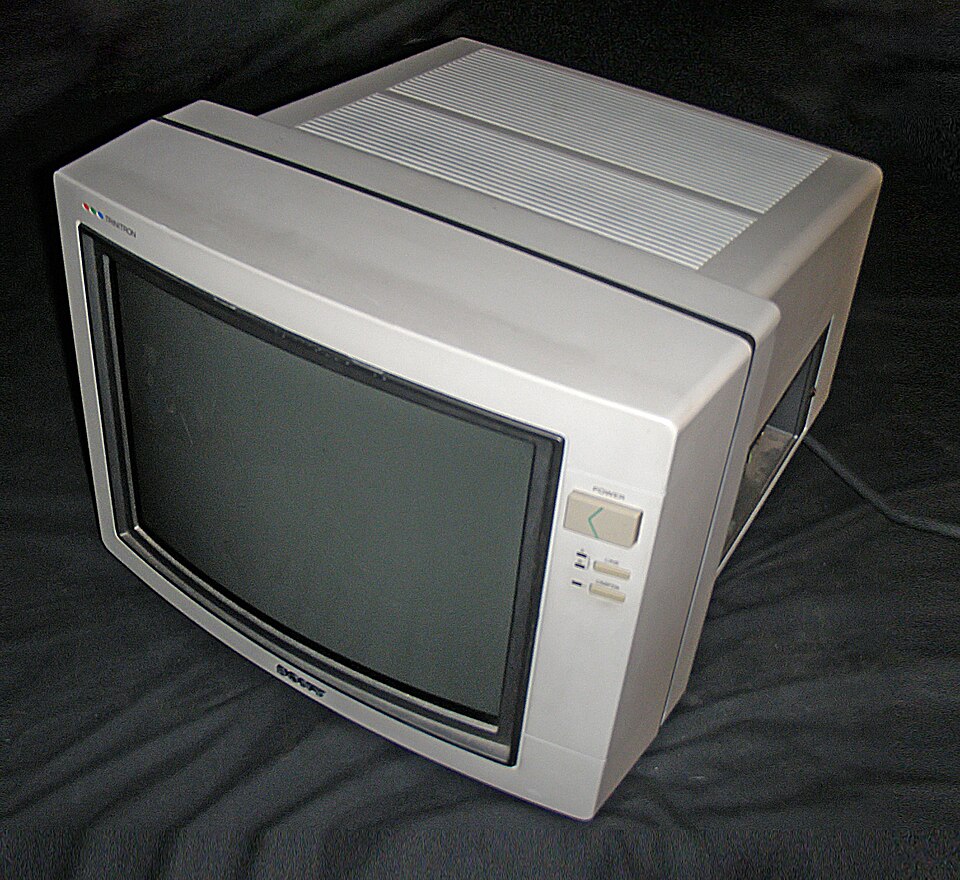
The personal computer arrived as a beige box and quickly became the busiest object in the room. Spreadsheets replaced paper ledgers, word processors ended correction fluid, and simple games pulled families toward the same bright screen. It folded office skills into home life and turned digital literacy into an everyday expectation. Desks shifted into launchpads for creativity, learning, career leaps, and small ventures quietly built after regular working hours.
The Floppy Disk
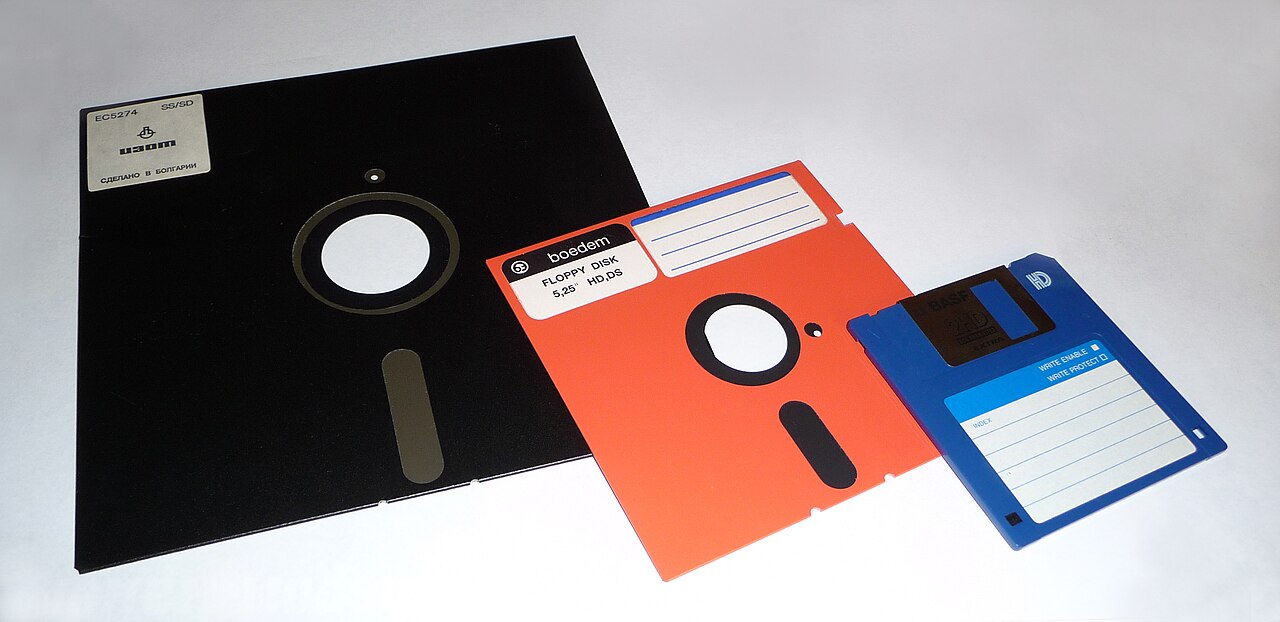
The floppy disk looked flimsy yet carried serious weight. Students slipped essays into backpacks, offices passed updated files hand to hand, and home users stacked backups beside their monitors. It turned data into something that could be held, labeled, and moved easily between machines. That everyday ritual of portable storage, and the quiet worry about losing it, shaped how later generations treated USB drives, memory cards, and cloud folders.
The Pager
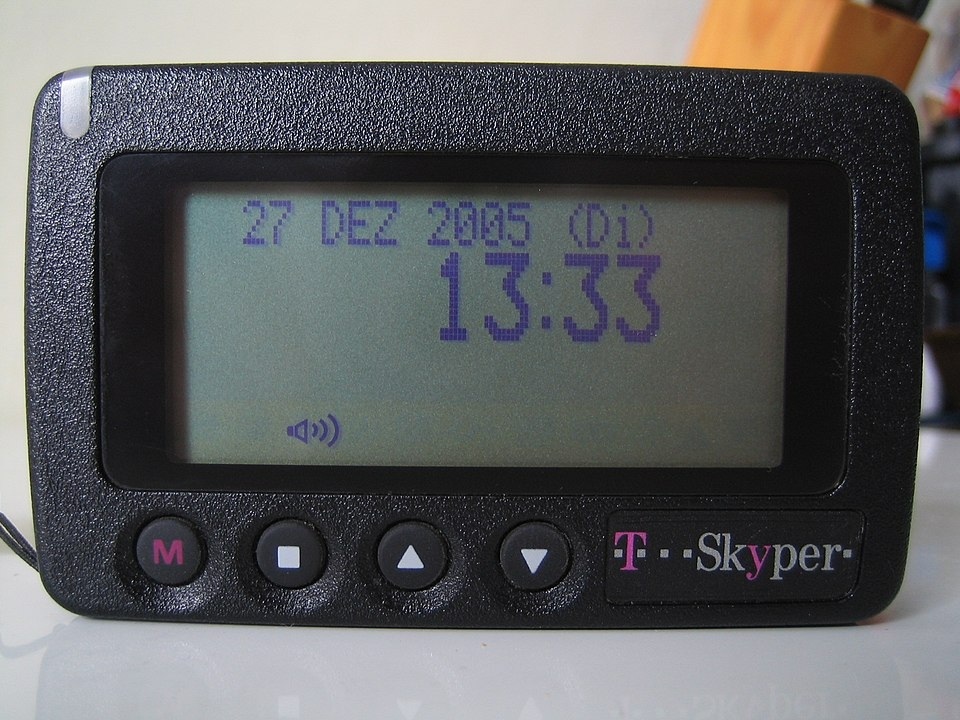
The pager compressed urgency into a short buzz and a string of numbers. Doctors, technicians, and teenagers learned that a signal meant move, call back, respond quickly. It never carried full conversations, only prompts, yet it redefined what it meant to be reachable away from home or office corridors. That constant, quiet tether blurred lines between on and off duty, quietly previewing the always-available expectation wired into modern phones and alerts.
Dial Up Internet
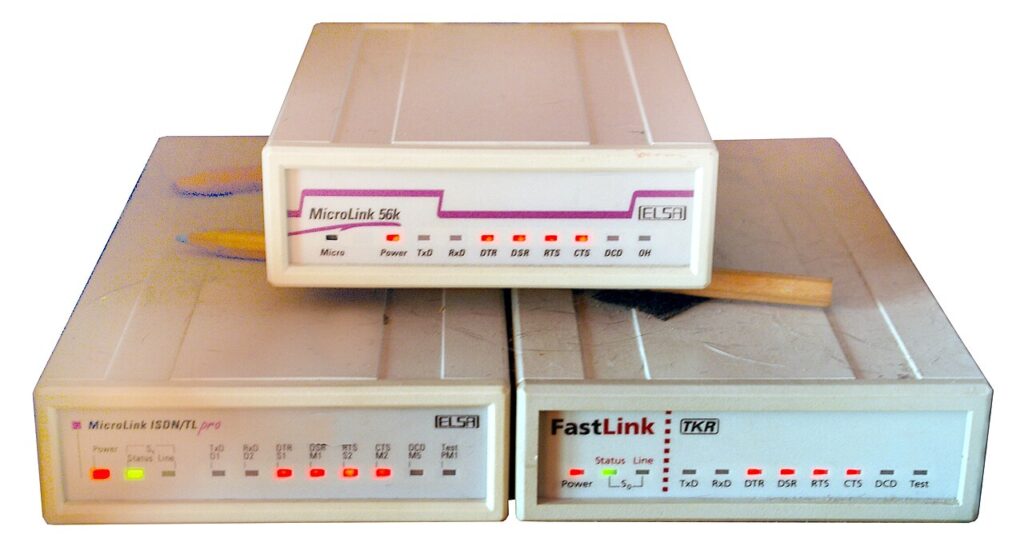
Dial up internet arrived with static, patience, and a stolen home phone line, yet it opened doors no bookshelf could match. Families watched pages crawl into view and still felt stunned by forums, email threads, message boards, and early news sites. Even with strict time slots and busy signals, it proved that information and community could stretch beyond geography, training households to expect endless knowledge and contact behind a simple address bar.
Early Mobile Phones

Early mobile phones looked like bricks and status symbols, but they quietly redrew daily maps. Parents checked on delays from parking lots, drivers called for help from highways, and small deals closed without a landline nearby. As coverage spread and costs fell, constant contact stopped feeling special and started feeling assumed. That shift reshaped safety, logistics, and social plans, anchoring the sense that people could be reached almost anywhere.


